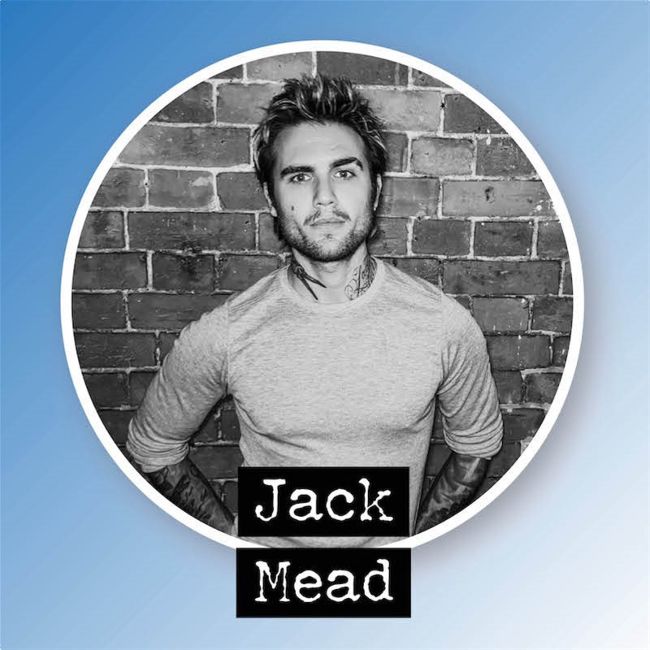BUSINESS
SOCIAL SUCCESS STORIES
With social media playing such an integral role in the success of a business, we asked key trailblazers in the industry the questions on everyone’s lips
With HJ’s January Insider Survey revealing that a staggering 71% of you operate your salon business without a dedicated social media manager, what better topic to discuss than how you can successfully manage your social media yourself ? By now you’ll be aware of the significant role social media can play when it comes to attracting new clients – and even new brands to work with – but are you confident in assessing analytics, or finding the time on the shop floor to create content for social?
WHAT KIND OF CONTENT SHOULD I BE POSTING?
Chlöe Swift, who took the No.1 spot at the NHBF Top 100 Influencer Index in 2023, certainly knows a thing or two about excelling on social media. When discussing the type of content she likes to post, she highlights that a good place to start is by establishing who your target audience is. She explains: “I like to create a fifty-fifty mix of styling techniques on hair extensions, as I find these videos are great for both professionals and consumers and self-styling hair tutorials, as I feel that these are great for consumers. This mix works well for me across my channels, but I also like to tailor content to each platform specifically – like video replying to my followers’ questions on platforms such as Instagram and TikTok.”

Meanwhile, Heffy Wheeler, owner of Hx Hair, suggests following a storytelling approach: “Rather than playing background music, I will record audio talking the viewer through what’s going on, what I’m experiencing and what I’m doing on that client.” However, she adds that while this approach works well for Instagram and TikTok, Facebook is a little behind in the content cycle. “I find that before and after images work best here.” Ben Lifton, Founder of Content Kweens, a social media marketing agency that specialises in the hair industry, also discusses varying your content for different platforms. He says: “TikTok tends to lean towards a more casual, unfiltered style – think ‘I’m Face Timing a friend’. This video treatment can be applied to your hair transformations, product/trend reviews and hair colouring/cutting tips. Instagram, however, maintains its role as more of a lookbook or portfolio of your work, so you can indulge in more polished content.”

Before

After
HOW CAN I COME UP WITH IDEAS FOR CONTENT?

Sometimes, stepping outside of the box is key, with Jack Mead, Co-Owner of Jack & The Wolfe, explaining: “I look outside of the hair industry, as that’s how you’ll find something new and fresh.” Meanwhile, Ben shares: “When creating social media content, it's essential to keep the end consumer in mind. Consider what actions you want them to take and which of their problems you aim to solve. If you consistently address these two questions, you're on track for successful content creation.” If you’re still unsure where to start, Ben also details one of his favourite methods for generating content ideas, explaining: “Try utilising Instagram’s question sticker in your stories. Ask your community about the issues they encounter, then create content offering solutions to these problems.” Another of his tips is to head to the search bar on TikTok and type out keywords that align with your business, for example, ‘balayage colour’. “Then you can look at what other recommended search options come up in the drop down,” he adds. “Those are topics that other people are searching for and they can act as content prompts for you.”
HOW IMPORTANT ARE ANALYTICS, AND WHAT EXACTLY SHOULD I BE LOOKING AT?
Analytics highlight what content is performing well, beyond just likes. Ben Lifton perfectly breaks down the different figures to watch out for, in order of importance:
1. Watch time on your videos: This signals if your video hook/structure is resonating with your community. If your watch time drops off dramatically after 2 seconds, it’s an opportunity to rethink the format as it didn’t keep your viewers interested. But if you get long watch times, then you know that type of content is resonating with your community – so lather, rinse and repeat that content type.
2. Saves: This signals that your content is useful, and people want to refer back to it time and time again.
3. Shares: This signals that your content has made someone feel something – which is paramount.
4. Comments: These are fantastic because now on Instagram and TikTok you can reply to comments with another video, so it prolongs your conversations with your community and strengthens their trust in you.
However, as Chlöe highlights, it’s worth taking advantage of each app’s own analytic dashboard, as they all vary slightly. Equally, if you use a content scheduling tool, such as Buffer, Hootsuite or SproutSocial, then take advantage of the built-in tools they offer. As always when it comes to business, there is some balance to be found, with Chlöe also adding: “Analytics are great to see what’s working well and what perhaps isn’t, so I do check in, but I don’t let the numbers consume me too much. If you’re obsessing over numbers and stats, I feel you then take the enjoyment out of what you’re putting out there.”
HOW DO YOU ENSURE THAT YOUR EFFORTS ON SOCIALS ARE RESULTING IN NEW CLIENTS?
Quite simply, looking at your bookings should be a good indicator of whether your output on social media is resulting in more clients. Jack expands on this, sharing: “I have a waiting list of over 500 people now, which is crazy. It’s all because of social media, because when people view my Instagram, they go to our website – by clicking the link in our bio – and join the waiting list.”
However, if you’re not seeing an increase in bookings, Ben suggests ensuring your user experience is watertight. He says: “People should be able to see where you are located, what services you offer and how to book with you, with ease.” These should be every business owner’s priority when it comes to building their brand online in 2024.